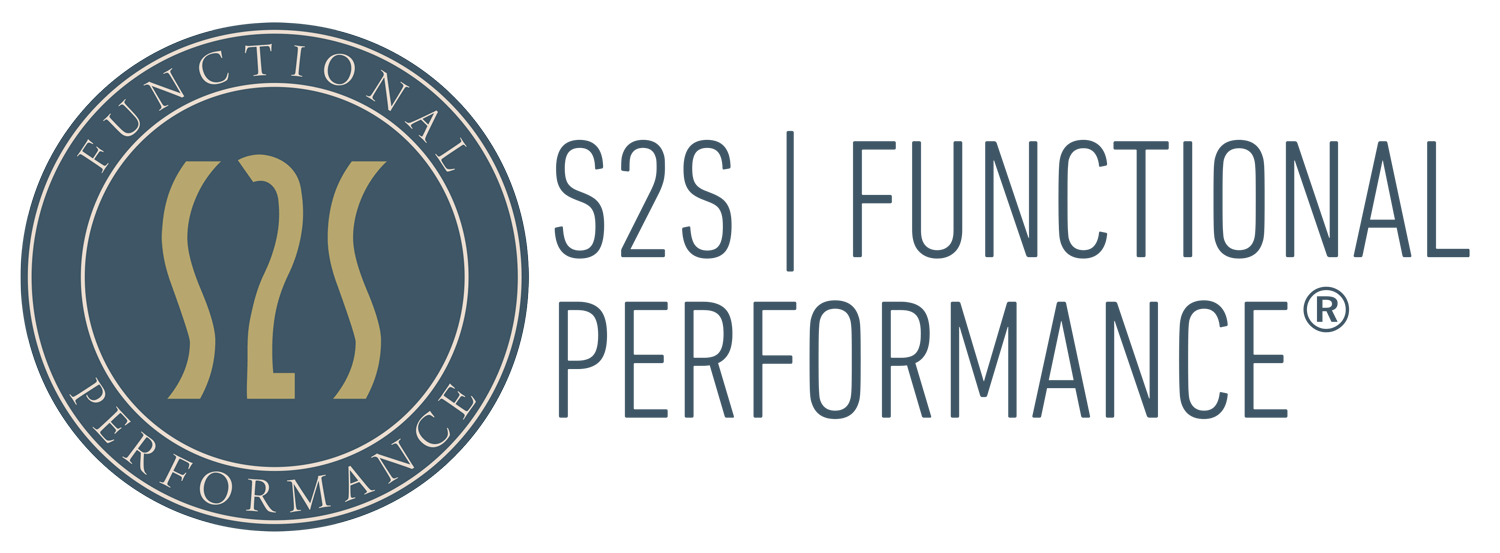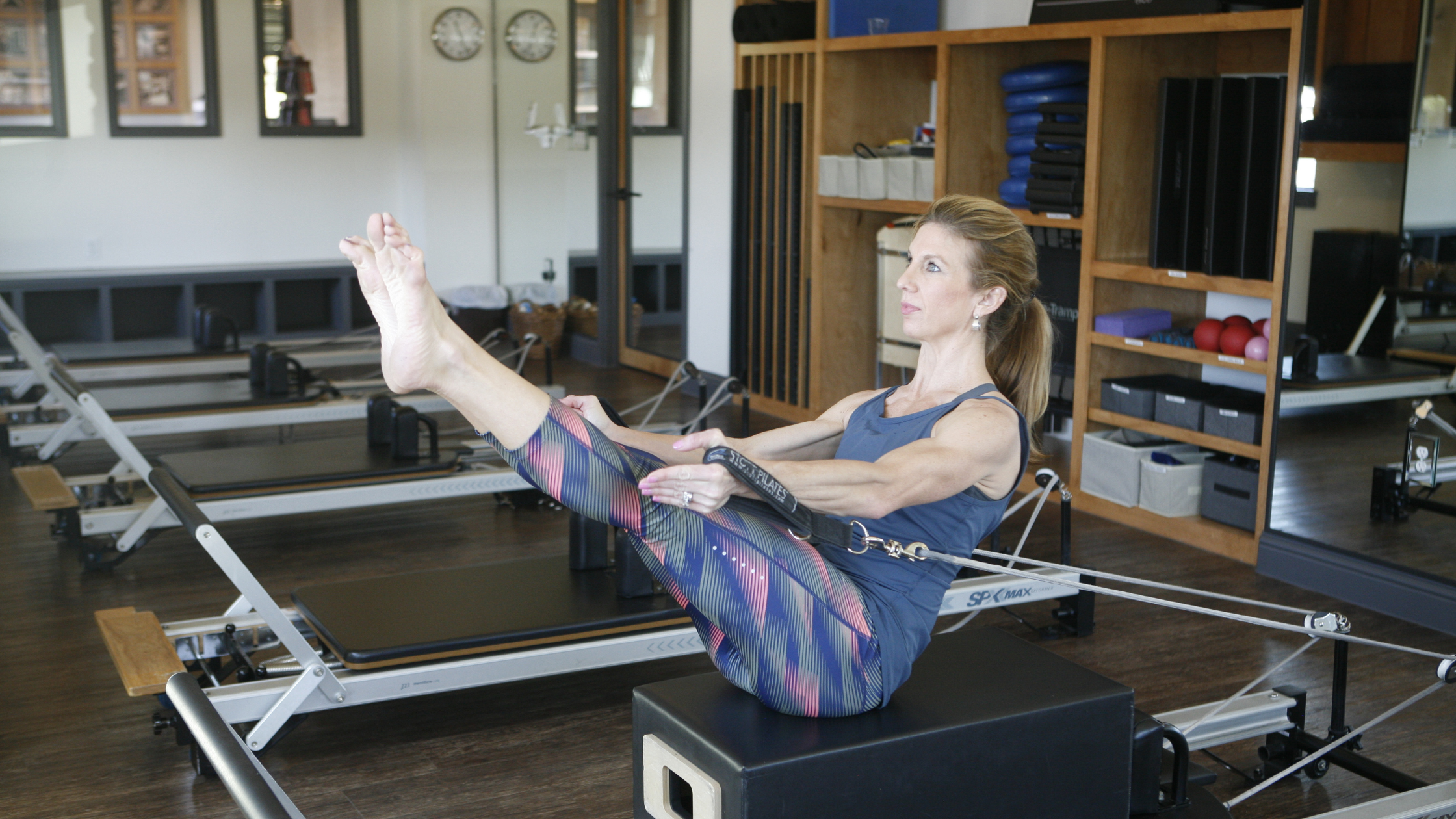As we age, the body naturally changes. Muscle mass decreases, joint stiffness increases, and balance often becomes harder to maintain. These changes can affect how we move, how we feel, and how confidently we function in everyday life. While aging cannot be stopped, you can take clear steps to support your health and mobility long term. One of the most effective tools for this is Pilates.
Pilates is a low-impact, full-body exercise method that focuses on core strength, controlled movement, postural alignment, and mobility. It is accessible for all fitness levels and particularly beneficial for adults who want to stay active and reduce their risk of injury as they age.
Why Movement Matters As You Age
The aging process impacts nearly every system in the body. Sarcopenia, or age-related muscle loss, begins as early as your 30s and accelerates with inactivity. Bone density also declines, increasing the risk of fractures. Joints lose flexibility, posture changes, and many people develop chronic pain, especially in the lower back, hips, and shoulders.
Intentional, consistent movement is one of the best ways to counteract these effects. Regular exercise helps maintain strength, improve circulation, and protect joint function. Pilates specifically addresses many of these concerns in a structured, safe format.
Benefits of Pilates for Strength and Stability
Core Strength and Postural Support
Pilates emphasizes deep core activation, targeting the transverse abdominis, pelvic floor, and spinal stabilizers. These muscles play a vital role in balance, posture, and spinal alignment. A strong core helps reduce the risk of falls, eases pressure on the back, and supports everyday movements like standing, walking, and lifting.
Improved Balance and Coordination
Falls are one of the most common causes of injury among older adults. Pilates trains neuromuscular coordination through slow, deliberate exercises that enhance proprioception, or body awareness. By challenging balance in controlled settings, Pilates helps improve stability in real-world scenarios.
Joint-Friendly Movement
Unlike high-impact exercises that can stress joints and lead to overuse injuries, Pilates uses low-impact, fluid movements that strengthen without strain. This makes it a sustainable choice for people dealing with arthritis, joint pain, or previous injuries.
Muscle Tone and Functional Strength
Pilates strengthens muscles without bulk. It uses bodyweight resistance, springs, and bands to tone the entire body with an emphasis on movement quality rather than quantity. This approach supports functional strength, which means being able to perform daily tasks with ease and confidence.
Pilates Benefits for Spine Health and Flexibility
Spinal Mobility and Alignment
Pilates includes exercises that promote segmental spinal movement, encouraging each part of the spine to move independently. Pilates improves flexibility and helps relieve tension in the back and shoulders. Proper spinal alignment also reduces the risk of disc compression and chronic pain.
Relief for Back Pain
Many adults experience chronic or recurring back pain, often due to poor posture or muscular imbalances. Pilates can help correct these patterns by strengthening the core, lengthening tight muscles, and encouraging better alignment. Clinical studies have shown that regular Pilates practice can significantly reduce lower back pain and improve function over time.
How Long Does It Take for Pilates to Help Back Pain?
Some individuals notice reduced discomfort and better mobility after just a few Pilates sessions. For others, it may take several weeks of consistent practice. In general, improvements in posture, flexibility, and core strength typically occur within four to six weeks. The key to results is consistency and proper instruction from a qualified Pilates professional.
Pilates instructors trained in injury prevention and rehabilitation can modify movements to meet each person’s needs. This is especially important for those managing chronic pain, osteoporosis, or recovering from injury.
Why Pilates Supports Healthy Aging at Any Stage
One of the greatest strengths of Pilates is its adaptability. Exercises can be performed on a mat or specialized equipment like the Reformer, and movements can be scaled to fit your current fitness level. This makes Pilates an ideal option for older adults seeking a gentle yet effective way to stay active.
Research has shown that regular Pilates training improves muscular endurance, mobility, balance, and overall physical function in adults over 50. It can also support mental health by reducing stress and improving focus through breath-based movement.
Whether you are returning to exercise after a break, working through an injury, or looking for a long-term solution for strength and mobility, Pilates offers a structured path forward.
Aging Well with Pilates: A Sustainable Approach
Pilates is more than just a workout. It is a movement practice rooted in alignment, awareness, and intentional strength building. By supporting your body’s natural mechanics and promoting efficient movement, Pilates helps you stay mobile, independent, and injury-free for years to come.
At S2S Functional Performance, we offer Pilates classes in both Frisco and Flower Mound, led by certified professionals who understand how to support your goals. Whether you are brand new to Pilates or looking to deepen your practice, our programs are designed to meet you where you are and help you build toward where you want to be.
Ready to Feel Stronger and Move Better?
Book your first class at S2S Functional Performance and experience the benefits of Pilates for aging well, spine health, and long-term strength.

